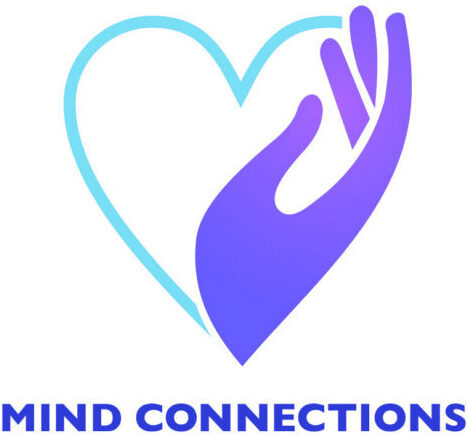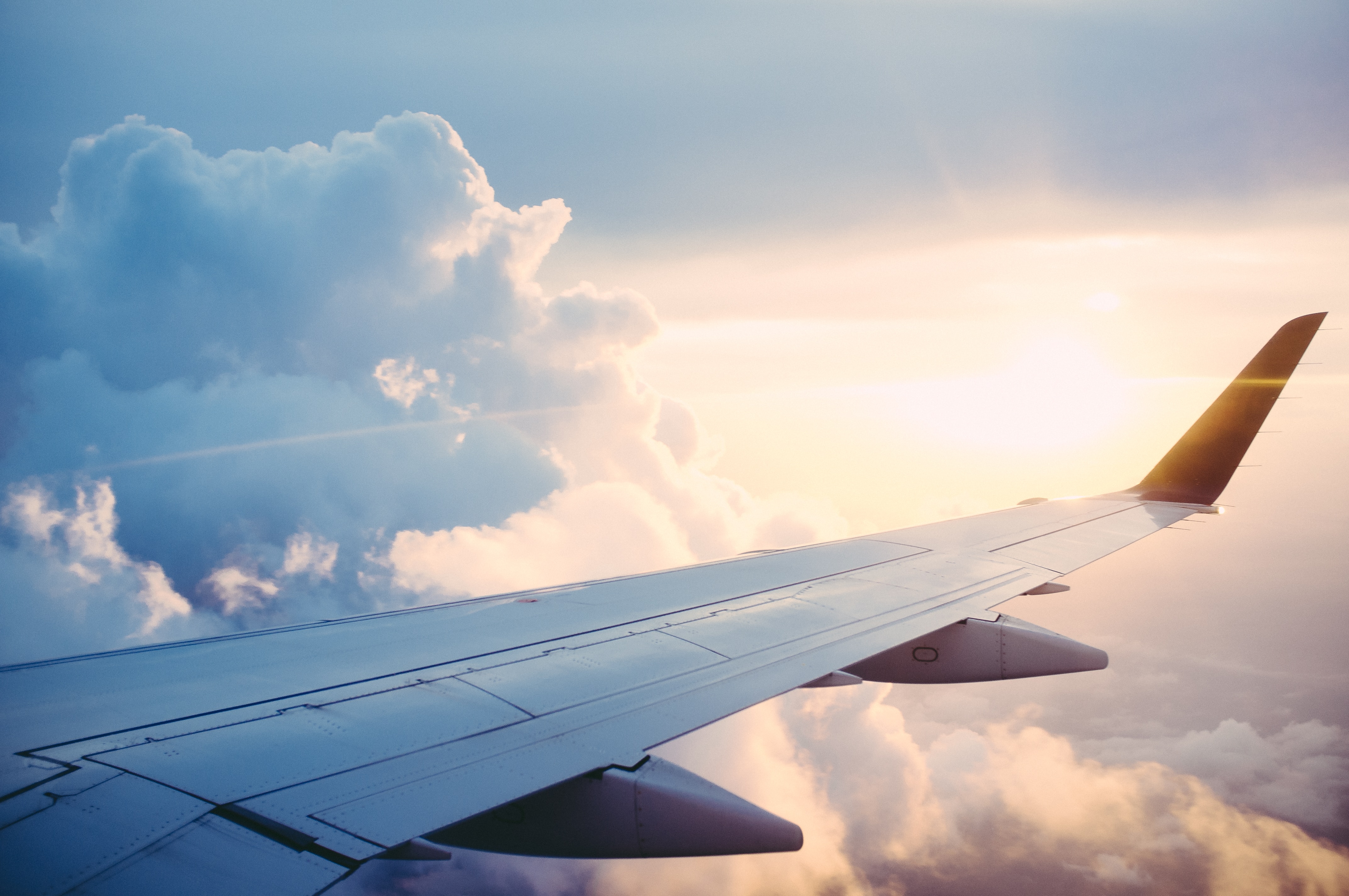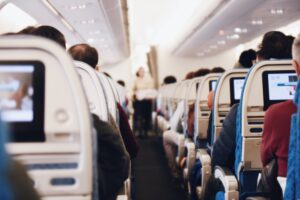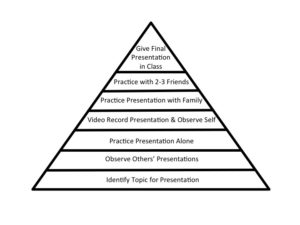Fear of Flying? Here are Your Flight Anxiety Tips
Has your fear of flying held you back from reaching new places? You are not alone! Research suggests that around 25 million adults in America have the fear of flying, or aerophobia. Flight anxiety can be challenging, but manageable. You can definitely learn tips to overcome it.
What is Flight Anxiety?
Flight anxiety, also known as fear of flying, aviophobia, or aerophobia, refers to the fear or apprehension experienced by individuals when flying on an airplane.
Symptoms of Flight Anxiety
If you have flight anxiety, you might experience various symptoms before, during, or after a flight. These symptoms include intense fear or panic attacks and physical symptoms such as a rapid heartbeat, shortness of breath, sweating, skaking, chest tightness or pain, dizziness, nausea, or gastrointestinal distress.
Some people with flight anxiety may avoid flying altogether or exhibit hypervigilance by monitoring the airplane’s movements, sounds, or any signs of turbulence, which can lead to heightened stress and anticipation of potential danger. People with flight anxiety also engage in catastrophic thinking, imagining worst-case scenarios or believing that the plane will crash or encounter a disastrous event.
Causes of Flight Anxiety
Flight anxiety can stem from various factors, such as a fear of heights, lack of control, past traumatic experiences, concerns about terrorism or accidents, fear of enclosed spaces, or general anxiety or phobic tendencies. It is essential to recognize flight anxiety as a valid condition and seek appropriate support or treatment if it significantly impacts one’s life or restricts travel opportunities.
Flight Anxiety and Panic Attacks
You may get so nervous about flights that you have a panic attack before boarding or taking off into the sky. Panic attacks affect people physically and mentally.
According to the APA, typical signs of a panic attack can cause a fast heartbeat, shortness of breath, chest pains, sweating, chills, trembling, numb hands, dizziness, nausea, and more. To some extent, symptoms of a panic attack mimic those of a heart attack. One in 10 adults in the U.S. have a panic attack each year, and they usually begin between the ages of 15 and 25.
When panic attacks happen more than two times, and you constantly worry about having another one, it becomes a panic disorder. Please read our article about panic attacks to learn more.
Flight Anxiety Tips
1. Mindfulness for Flight Anxiety
Practicing mindfulness is important to overcome fear of flying. For example, guided meditation for flight anxiety can help you stay present and centered. Specifically,
Mindful Breathing and Relaxation Techniques:
Deep breathing and progressive muscle relaxation can help calm your mind and body. Consider practicing these techniques before your flight and during any anxiety-provoking situations.
Grounding techniques
Grounding techniques can help you practice mindfulness and reduce anxiety by refocusing on the present moment. Physical grounding techniques use your senses or tangible objects to help you move through distress and anxiety without medication. Examples include breathing, holding ice, putting your hands in water, and the 5-4-3-2-1 method.
When you’re feeling anxious, it can be helpful to distract yourself with mental exercises like counting backward or categorizing things. You can also try grounding techniques like visualizing your happy place or touching comforting objects. These methods can be effective for dealing with anxiety without relying on medication.
2. Wear Comfortable Clothing on the Flight
When flying, it’s important to create a comfortable environment for yourself to reduce anxiety. Wearing comfortable clothing is one way to achieve this. Avoid wearing uncomfortable clothing as it may increase agitation during the flight. Opt for clothes that allow you to relax and even nap if necessary. These clothing pieces might be sweatpants, your favorite sweater, comfy socks, etc.!
3. Flight Anxiety during Turbulence
Anna Paul, a popular tik toker, recently went viral for sharing a pilot’s advice. Anna explains that a plane flying through the air is like an object suspended in jello. This Upworthy article explains that “there’s pressure on all sides, so even if the jello is shaken—and the object shaken along with it—the pressure suspends the object.” The article goes on to say that turbulence won’t make a plane crash, just like an object won’t sink to the bottom of a bowl of jello.
So, if you start experiencing turbulence and your flight anxiety feels elevated, try and think back to this jello analogy!
4. Affirming Yourself
Accidents and crashes can occur, but it’s crucial not to succumb to fear. Refrain from reading news articles about airplane disasters or catastrophes before your flight, as it can lead to unwarranted anxiety. Keep a level head and maintain a positive outlook by practicing positive affirmations like:
- I am okay
- I am safe and comfortable
- My anxieties will pass
- My flight will land successfully
- The pilot knows what they are doing and is a professional
- I am brave
- I will get through this flight and arrive at my destination safely
5. Find a Calming Distractor for the Flight
Dealing with anxieties can be made easier by engaging in activities that will calm and divert your attention from the stressor, flying in a plane. Listening to music that you enjoy can help you through a difficult time. Creating a personalized playlist and listening to it during a flight while closing your eyes can aid in relaxation. Additionally, watching a movie or TV. show can be a helpful distraction.
6. Avoid Caffeine and Alcohol:
Some people may think about trying caffeine and alcohol; however, these substances can exacerbate anxiety and disrupt your sleep cycle. Caffeine, for example, is a stimulant that can raise your heart rate and blood pressure. Inevitably, this might mimic anxiety or even a panic attack. Alcohol on the other hand, can not calm your nerves; rather, it can disrupt the balance of chemicals in your brain, leading to increased anxiety. Besides, alcohol may also lead to dehydration. Therefore, opt for hydrating fluids like water or herbal tea instead.
7. Therapy for Flight Anxiety
If you want to learn how to deal with flight anxiety, Mind Connections wants to help you! Therapy can help people cope with stressors healthily and get back to living normally. Cognitive Behavioral Therapy for flight anxiety, or CBT, can help you rewire your negative and anxious thoughts and reframe them in a more positive outlook.
Exposure therapy can also help people with flight anxiety. Exposure is a psychological intervention that is part of behavior therapy. It is considered one of the most effective techniques to treat fear and anxiety, such as fear of flying.
Exposure therapy helps because the more you are exposed to a feared situation, the less fear you will have eventually. We use the Fear Ladder to help people to expose themselves to a feared situation gradually till they reach the level of their most feared in social settings.
Call now to learn how therapy can help you with your flight anxiety and find ways to cope healthily!
Content Creator, Victoria Gallo; Reviewed by Dr. June Cao








Your post is so helpful. Thank you for the information. I’ll share with my girlfriend. She has fear of flying
Thanks for sharing these useful, healthy, and unique guidance on the topic to flight anxiety